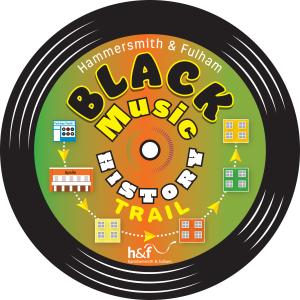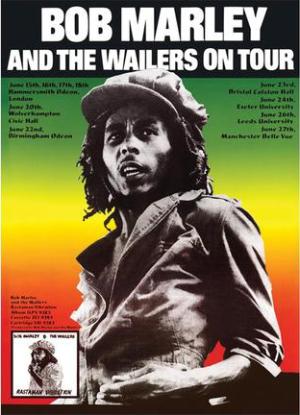
It is the cottage industry that took over the world.
From the one-man-band importing 7-inch singles, to the megastars that adorn the walls of a hundred million teenage bedrooms in poster form.
From (Empire) Windrush to (Kanye) West. The story of British music has been fundamentally changed - completely, irreversibly rocked - by the story of Black music.
And so much of that story was written on the streets, in the clubs, and by the artists of Hammersmith & Fulham. The first ever Jamaican music imports to the UK? It happened here.
The greatest, most famous black artist in the history of music - a man competing for the title of the icon of the last century? He played his most powerful shows and recorded his best-known tracks here.
The songs which soundtracked the lives of millions, told a history of joy and pain and struggle, and when played loud enough, literally shook the world - came up from this beat.
Walk the trail
To celebrate Black history in H&F, we have set a trail for the trailblazers. Of course Black history is more than music, but we're proud to be home to all these unsung borough connections, and we're delighted to sing about it.
Through these pages, you can read the stories, hear the music, walk the streets that built the groove, nailed-down the lyrics and soundtracked our lives.
Along the way, some would try to stop it. But Chuck D wasn't wrong when he told us 'It Takes A Nation Of Millions To Hold Us Back'.
So let's take a stroll… Or, as Robert Nesta Marley put it: "So we gonna walk - all right! - through de roads of creation…"

Bob Marley and the Wailers toured the UK for 2 weeks in 1976, starting off with a 4 nights at the Hammersmith Odeon.